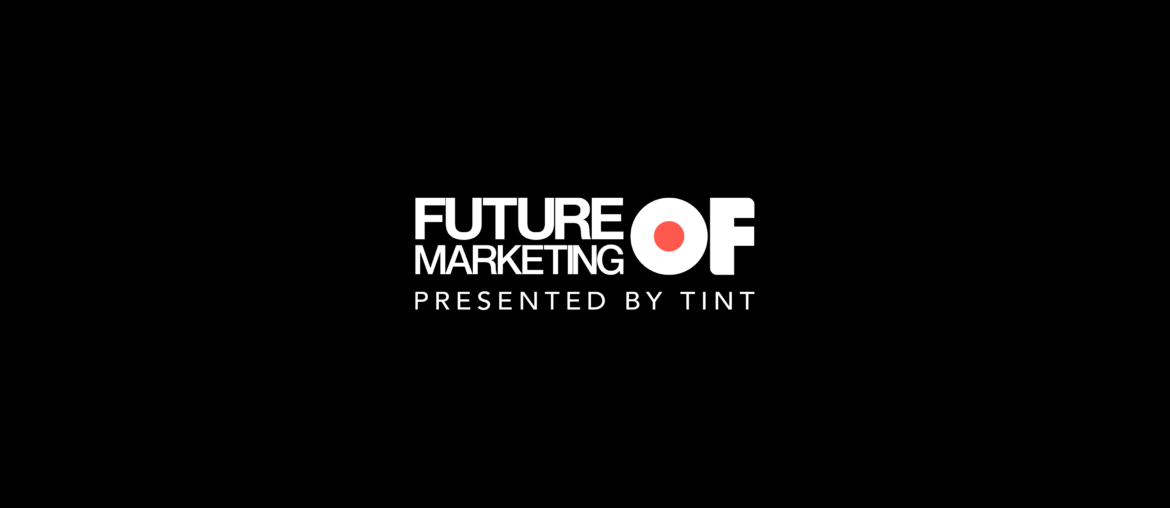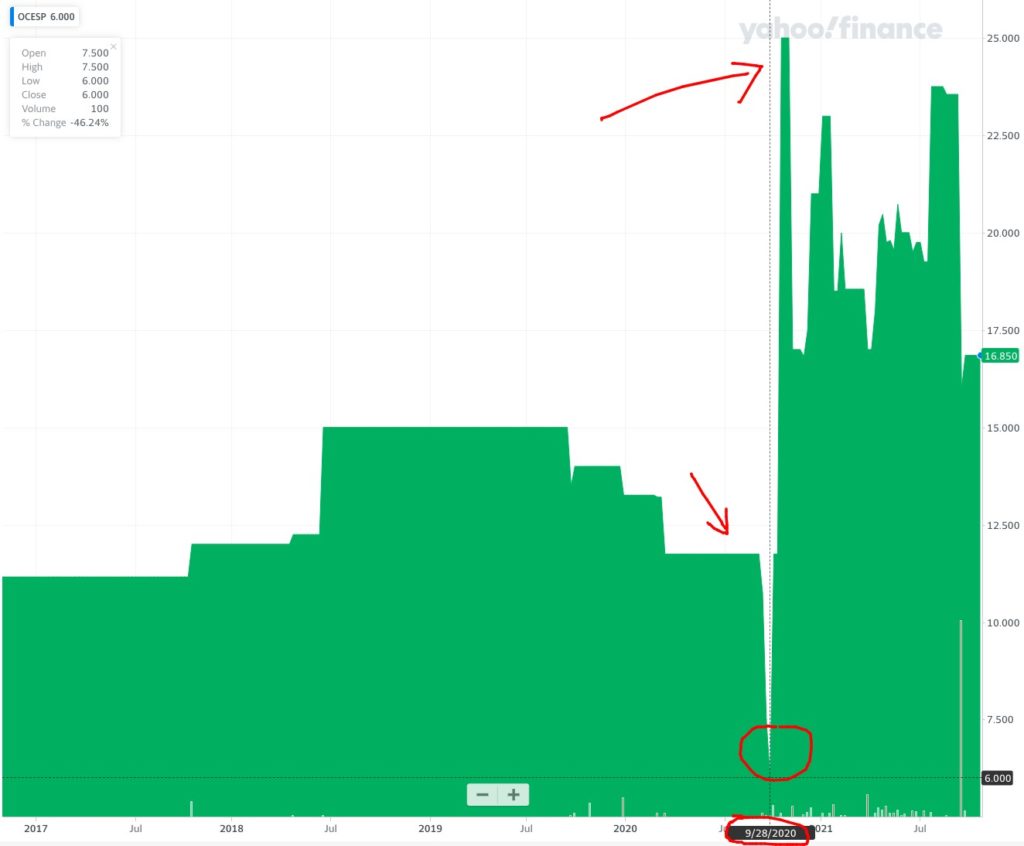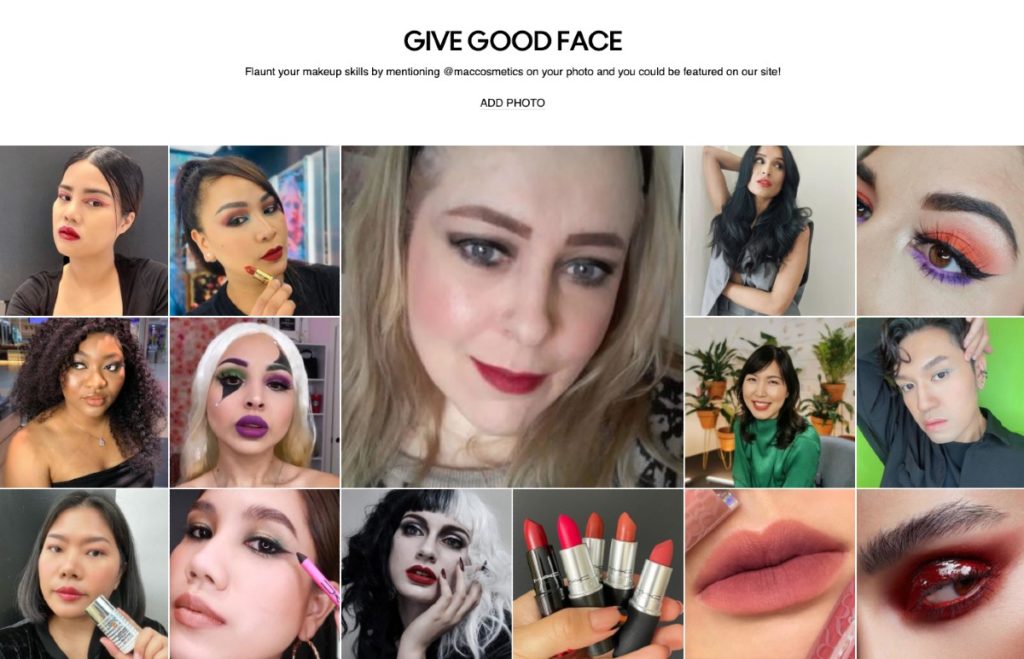This content originally appeared on October 28, 2021 as part of the Future of Marketing weekly email series. Subscribe here.
Welcome to Future of Marketing.
Each week, we send you the most relevant trends, resources, and strategies in social and user-generated content (UGC) from leading marketers and brands around the globe.
Today, we’re discussing:
- The struggles of proving ROI with social
- How major brands collect feedback
- #BrandCrush: MAC Cosmetics
The struggles of proving ROI with social
When it comes to social media, proving ROI is easier said than done (because the customer journey is a lot more complicated than we think). According to a LinkedIn study, 58% of digital marketers have to prove social media ROI to get approval for future budget requests – but only 37% felt “very confident” in their ROI metrics.
For example, if a user finds your brand through a TikTok tutorial a fan posted, but then reads a blog article, then visits your pricing page, testimonials… and days later, purchases on your landing page after spotting an ad on Instagram – what played the largest influence on conversion?
Was it your fan’s TikTok video? Your blog? Pricing page? A testimonial? Or was it a specific comment they saw on your fan’s TikTok post?
It’s hard to tell because there are several factors that influence shopping behaviors – including those that you can’t quantify (like user sentiment).
“When it comes to attribution, it’s tough tracking your influencer ROI when customers are seeing influencer content on their phone but purchasing on their computer, checking out with attractive email pop-up offers instead of the influencer’s discount code.
To combat this, try including a one-question post-purchase survey asking how your brand was discovered. You’ll be shocked to see how many people mention ‘from an influencer.’”
Sarah Grosz, Head of Influencer Marketing at Mute Six
How major brands collect feedback
Remember Nathan Apodaca in September of 2020?
The TikTok video of Apodaca skateboarding while drinking Ocean Spray and listening to Fleetwood Mac’s Dream went viral (and nearly doubled Ocean Spray’s stock price). Thanks to TikTok’s algorithm, Apodaca’s follower count wasn’t necessarily what skyrocketed Ocean Spray’s revenue – it was the engagement and sentiment garnered from that one piece of user-generated content (UGC) he shared.
It’s not surprising, considering ninety-two percent (92%) of consumers trust recommendations from other people… even from people they don’t know.
Now, it’s tough to quantify how people feel – but with social listening, you can get an idea of your audience’s sentiment and whether or not the content or products you’re producing are impacting their shopping behaviors.
By studying user-generated content – content your customers are creating about your brand – marketers can go beyond increasing conversions and saving money. They’re getting real-time feedback. Are customers happy? Are they upset? Are there areas of improvement?
Take Kylie Jenner’s new swimwear line, for example. Social media users are sharing how poorly the products are made – while others are arguing that it’s all part of her strategy to get free press, collect feedback, and re-launch with better products (just like she did with her cosmetics line, which is now valued at $1.2 billion).
Whether or not theories of Kylie’s tactics are true, understanding customer sentiment is still detrimental to a brand’s success. People are sharing their opinions online – whether through hashtags, conversations, or reviews – which means your brand can either be on the verge of an incredible opportunity (like Ocean Spray found Nathan Apodaca) or in need of righting a wrong.
What we’re learning
- How to Measure Social Media ROI for Business the Right Way
- Now on the Podcast: An Interview with AdWeek’s Community Editor, Luz Corona
- User-Generated Content in the Customer Journey
- 19 Social Media Metrics that Really Matter – and How to Track Them
- Instagram Tests Longer Videos in Stories and New Stories-to-Reels Links
#BrandCrush: MAC Cosmetics 💘
Visuals play a critical role when it comes to effective customer feedback – and MAC Cosmetics seems to understand this. Seeing products in the wild (through visual product reviews shared by real customers) adds a new layer of credibility that branded content just can’t replicate.
For example, MAC Cosmetics encourages customers to add photos to a gallery of user-generated content (UGC) located on their homepage and then, the company adds shoppable features to each image, so you can shop the exact products each customer is using (without having to navigate through the website).
If you click on any of their product pages (like this lipstick), you’ll notice MAC Cosmetics also re-shares visual testimonials across their reviews section and adds yet another shoppable UGC gallery to create a seamless shopping experience.
The lesson: By implementing a social collection strategy, brands (like MAC Cosmetics) can collect visual content from social media, brand hashtags, and creators to build trust and source feedback from their biggest fans.



